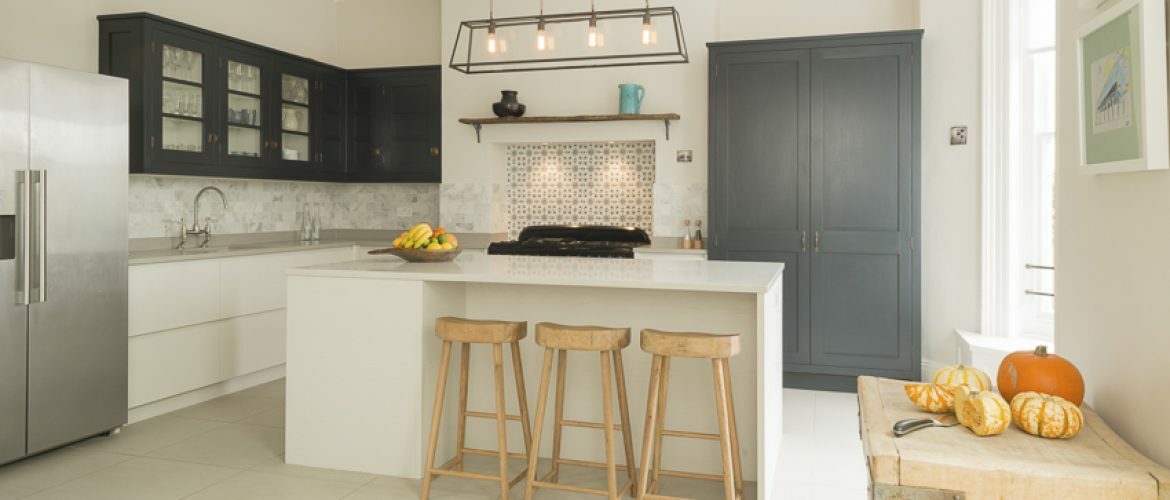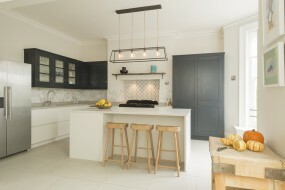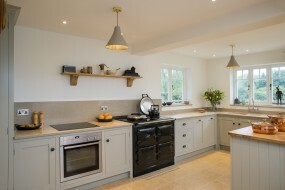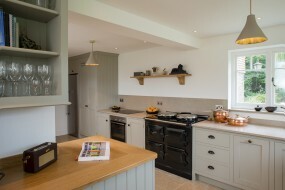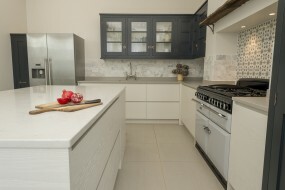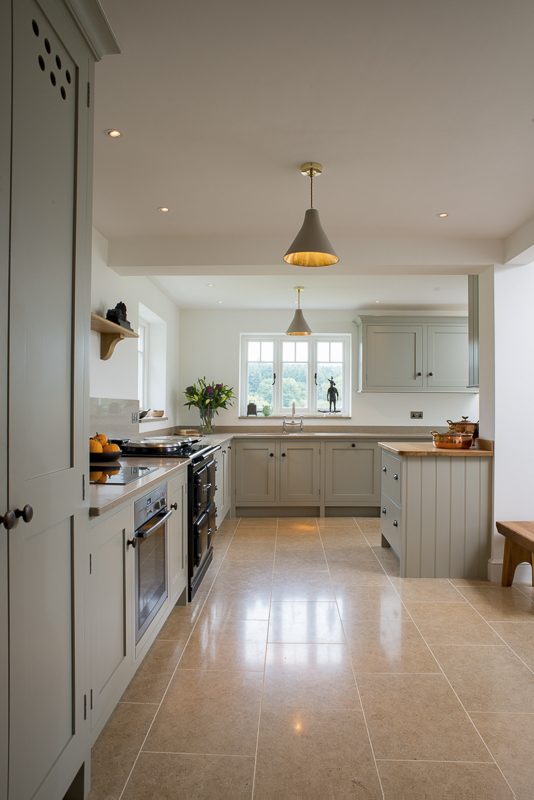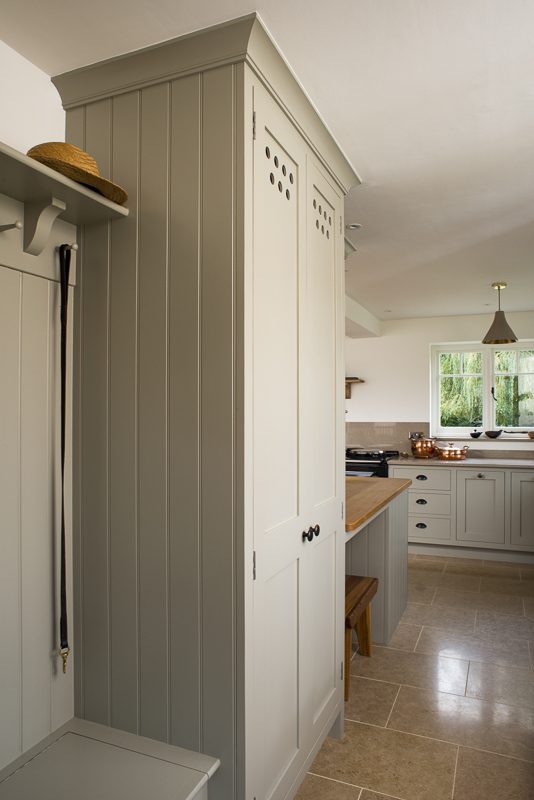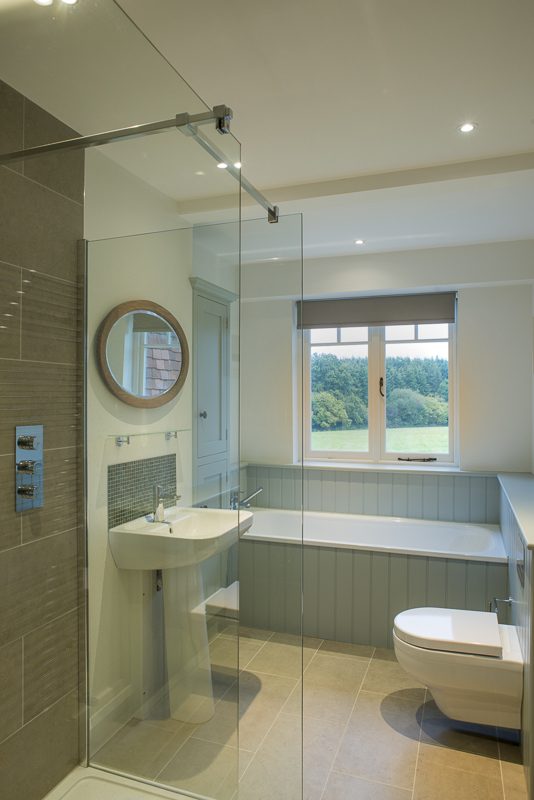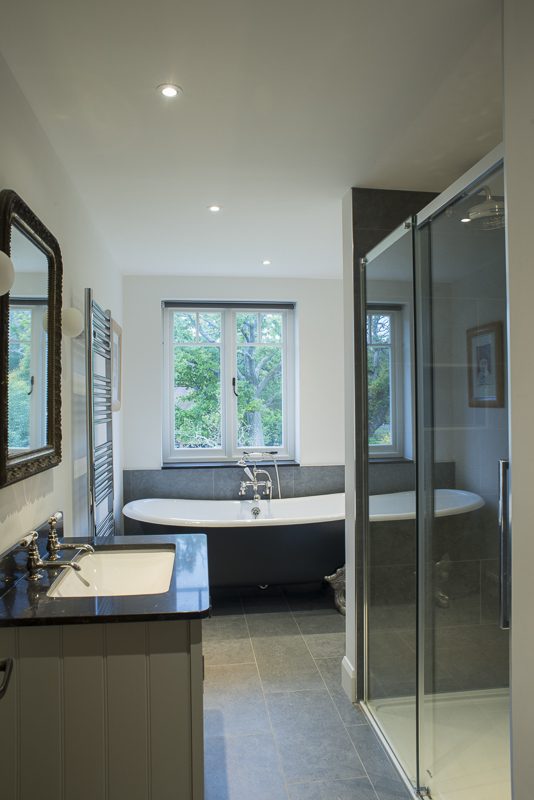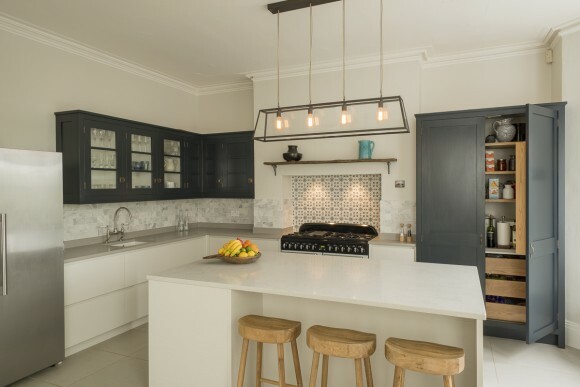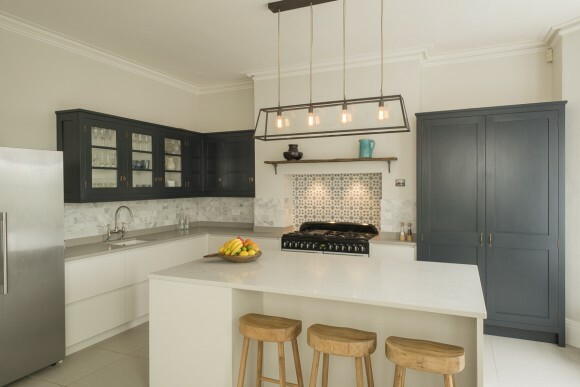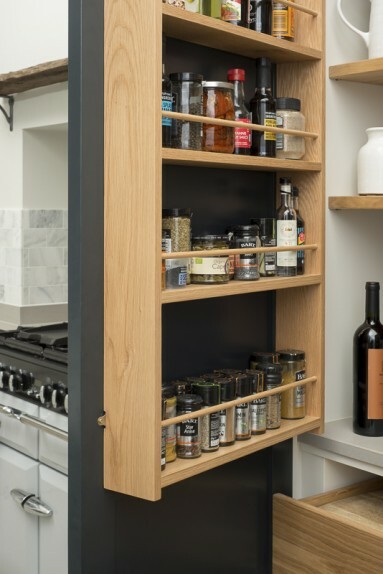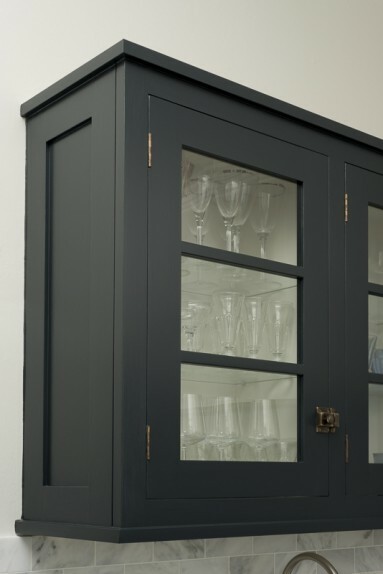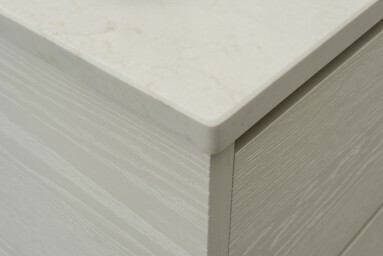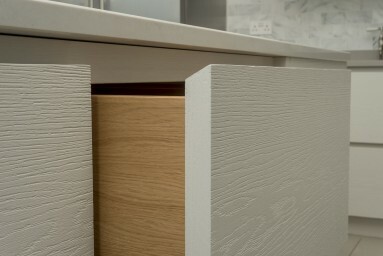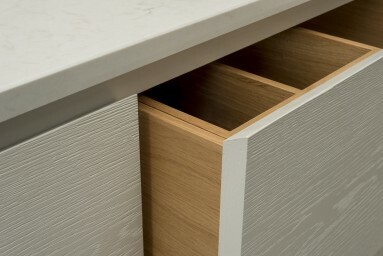Based not far from the Photography Firm studios in East Sussex, Hartley Quinn Wilson are a one stop shop for absolutely breathtaking home and business interiors. Experts in not just interior design and construction, but restoration and renovation of traditional buildings and living spaces, their eye for detail and quality craftsmanship saw them win at the 2015 Sussex Heritage Trust awards. After nearly 20 years in business, their name is synonymous with quality so when they asked us to photograph some recently completed interiors, we prayed they’d be situated in one of their many projects in the sunny South of France…. Unfortunately, as it turns out we were destined to be working a little closer to home. Nevertheless, we were excited to visit their developments, overcome any initial house-envy and then see if our attention to detail could match their own…. and we comforted ourselves with the knowledge we could still get strong cheese and good wine in Waitrose!
Since these were real, lived in spaces, our first job was the very practical one of clearing the rooms of all but a few carefully chosen props and ensuring they looked immaculate. Luckily, these weren’t exactly student digs so it wasn’t necessary to break out the Mr. Muscle, marigolds and Holy water. Nevertheless, as with all “product” photography, a quick hoover or once-over with a dusting cloth immediately before shooting can save hours of retouching afterwards. Where the south of France might have meant strong, contrasty sunlight on our scenes (think harsh shadows), the reliably overcast British weather is actually perfect for soft, even illumination. Whilst light levels might not be great, the benefit of shooting interiors is generally nothing moves, bar the odd dripping tap, so it’s possible to compensate for this (and the desired narrow apertures for increased detail) with slow shutter speeds.
Needless to say, a sturdy tripod is a must for any architectural or interior photography. Not only does it allow you to shoot at slow speeds without blur, but you’re able to carefully compose your shots in-camera, paying particular attention to both horizontal and vertical axis. Another benefit of a tripod mount is the ability to composite near-identical images with ease so
layer masks can be used to achieve HDR results. In this way, we can get a correct exposure for the darkest corner, lightest counter-top, the brightest lightbulb and even the view out the window. We’re not trying to create artificial or unnatural-looking images but the reality is the human eye can appreciate a far greater dynamic range than most cameras can achieve with one click, so HDR techniques can be deployed in interiors photography simply to more accurately portray the appearance of a space. Similarly, it’s sometimes necessary to balance the light from outdoors and any artificial lighting at the location with a little diffused fill light. Bouncing a little flash off a ceiling or wall is often sufficient.
Having covered the panoramic spaces with a wide angle lens, it was time to start focusing on details, homing in on the craftsmanship and quality materials employed. Using a reflector to direct light available, it was easy to highlight material grain and texture or light-fill the interior of an open cupboard or the inside of a drawer. When capturing details such as these, it’s important to set a custom white balance for your shooting environment or use a grey card in each shot. We definitely wouldn’t recommend leaving the camera to Auto White-Balance as it’s likely to be fooled by say, an abundance of blue (such as in these cupboard close-ups), resulting in inconsistent colours between your images. For more tips on white balance and colour checking, see one of our older posts
here.
Having captured all the shots on our brief with the sun still not-quite shining, all that remained was to return the homes to the already-immaculate condition we found them in, jump in the car and head home….. well, Waitrose, then home!
Thanks for reading.
